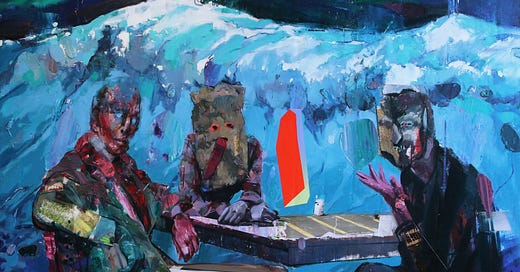When you set out to try and draw something, it feels like you have to get it right. The objective seems to be: I have to take what I see there and put it on my paper correctly. I have to be right. And the way to be right feels like it should go like this: “I will start with this piece, do it right and see it through, then I …
Keep reading with a 7-day free trial
Subscribe to Art on the Brain to keep reading this post and get 7 days of free access to the full post archives.




